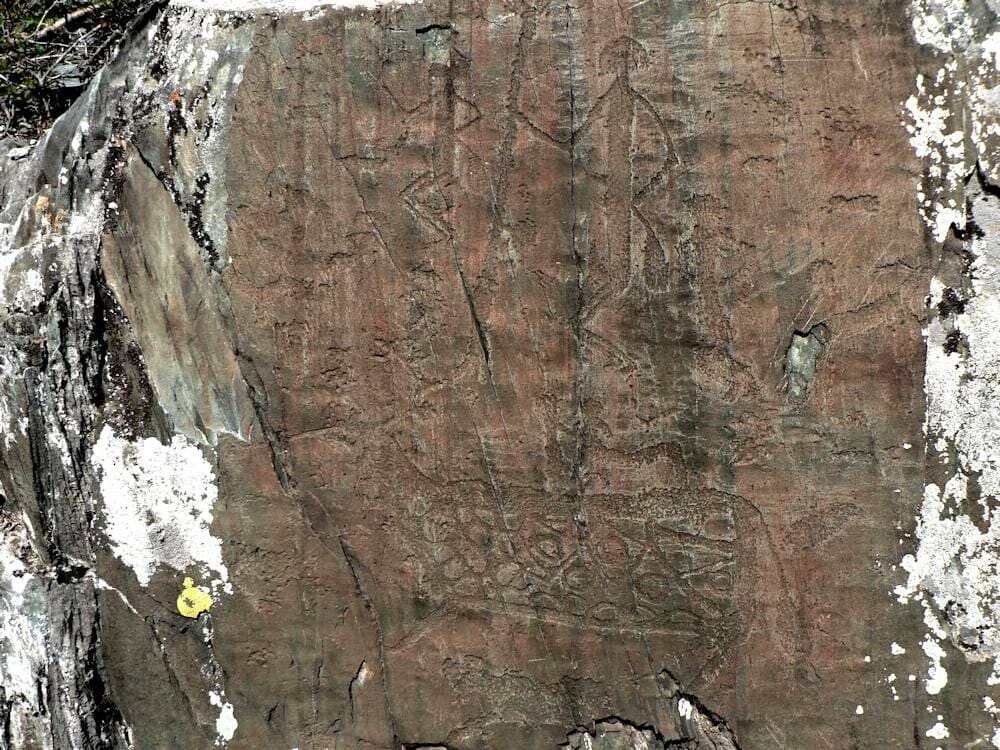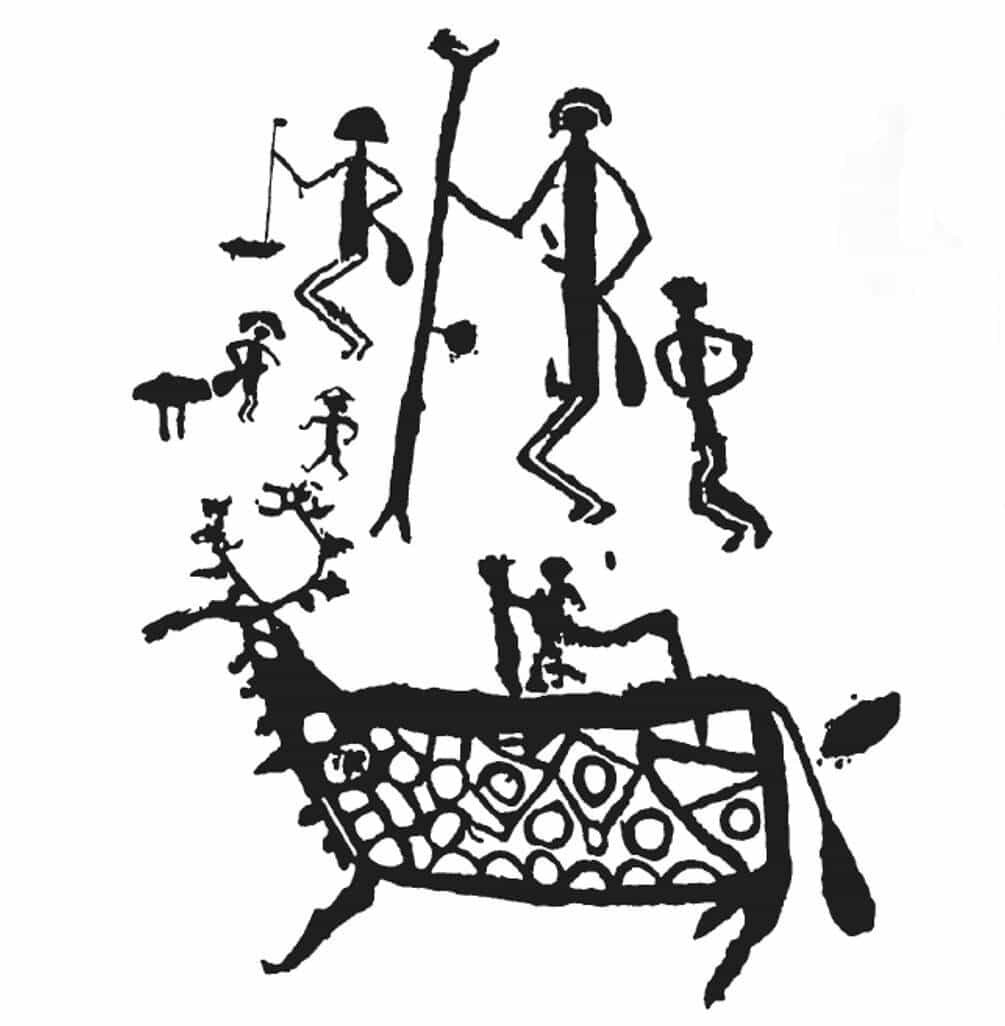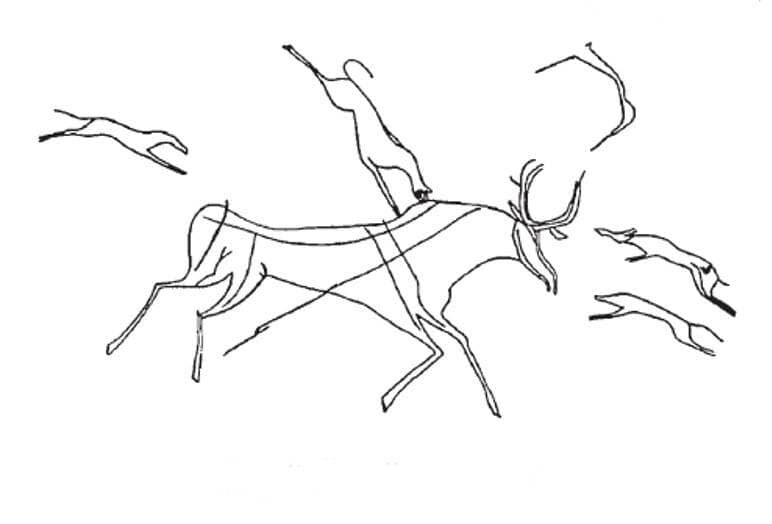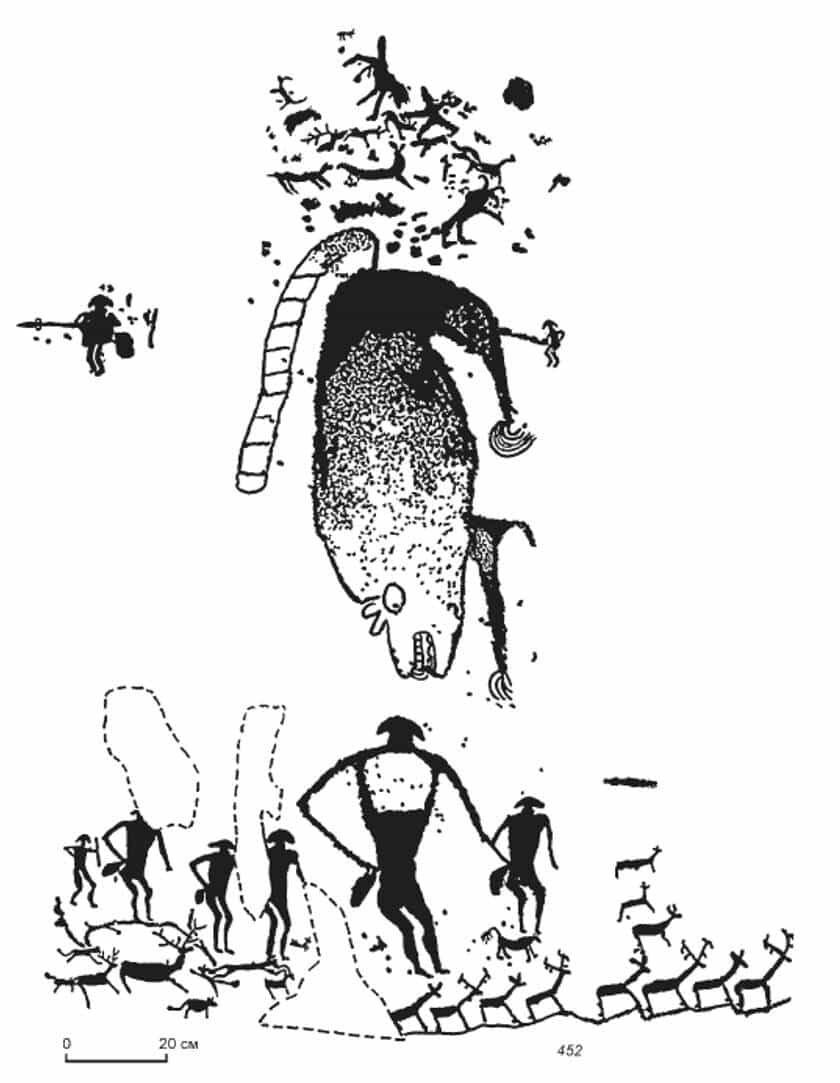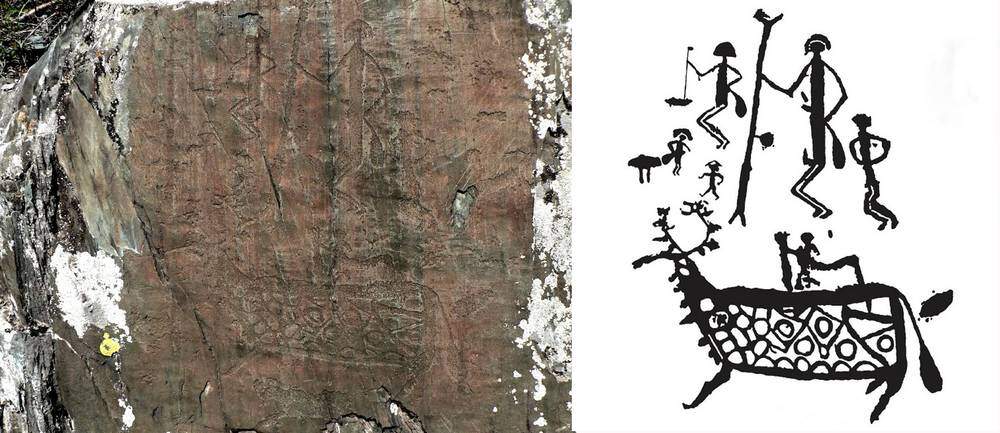According to the images and used techniques the scientists determine several periods of Kalbak-Tach petroglyphs creating:
- The Neolithic period (6000-4000 BC) – large pictures of animals, such as deer, goats, camels.
- Eneolithic-Bronze Age (3000-1000 BC) – the major group of images – both male and female characters, chariots and carts pulled by pack-oxen, cattle drivers and warriors, fantastic predators and pets.
- Scythian epoch (800-300 BC) – petroglyphs with scenes of hunting for wildlife, and also many animals – goats, wolves, dogs and feline predators.
- Old Turkic era (700-1000 AD) – hunting parties, fantastic images of wild bulls and bears, Turkic runic inscriptions.
Another interesting place is a sanctuary for women where they asked gods to give them children. A lot of schematic depictions of women are carved there showing asking for the child, being pregnant and giving birth.
Kalbak-Tash has always been a sacred place for the people living here.
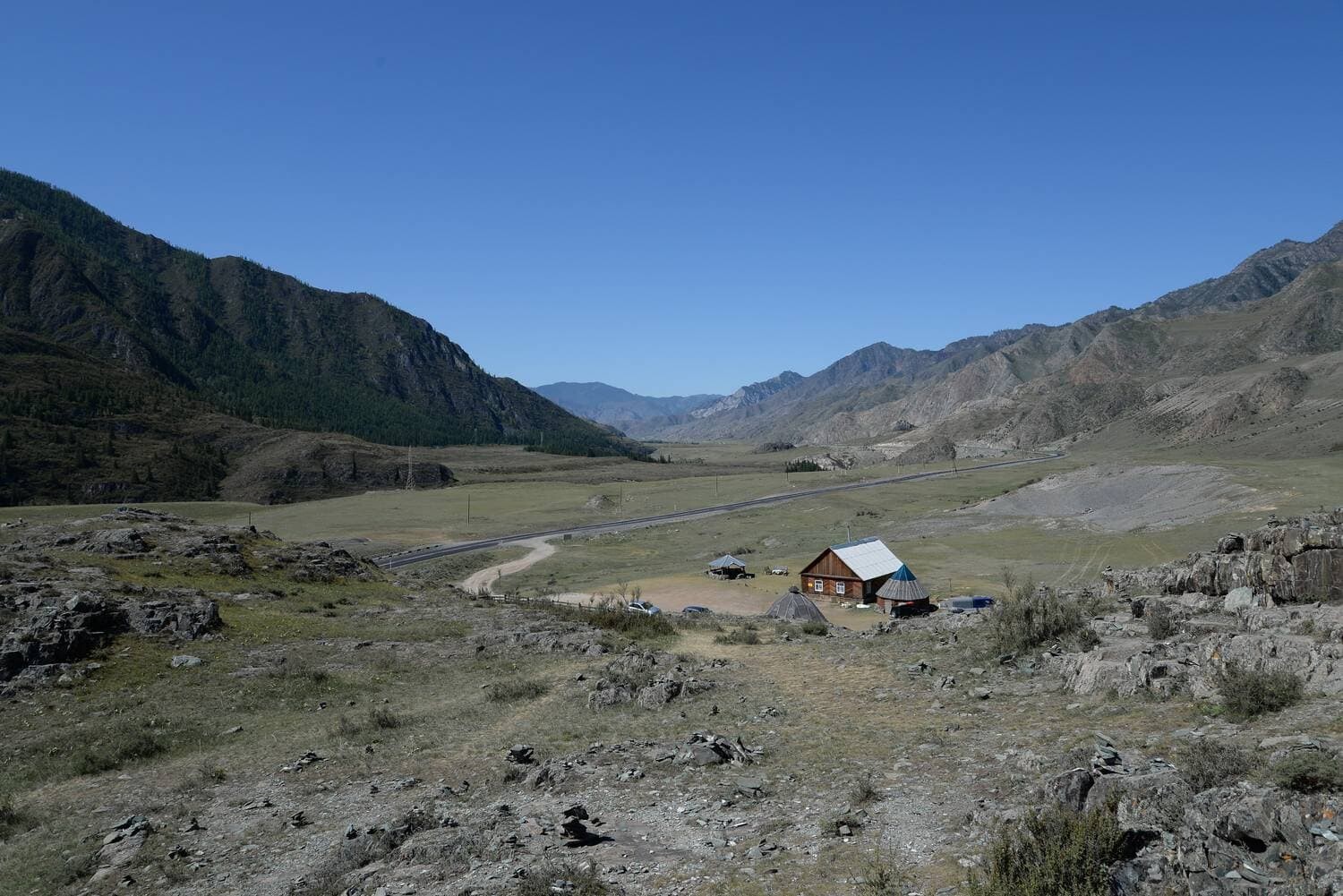
According to the images and used techniques the scientists determine several periods of Kalbak-Tach petroglyphs creating:
- The Neolithic period (6000-4000 BC) – large pictures of animals, such as deer, goats, camels.
- Eneolithic-Bronze Age (3000-1000 BC) – the major group of images – both male and female characters, chariots and carts pulled by pack-oxen, cattle drivers and warriors, fantastic predators and pets.
- Scythian epoch (800-300 BC) – petroglyphs with scenes of hunting for wildlife, and also many animals – goats, wolves, dogs and feline predators.
- Old Turkic era (700-1000 AD) – hunting parties, fantastic images of wild bulls and bears, Turkic runic inscriptions.
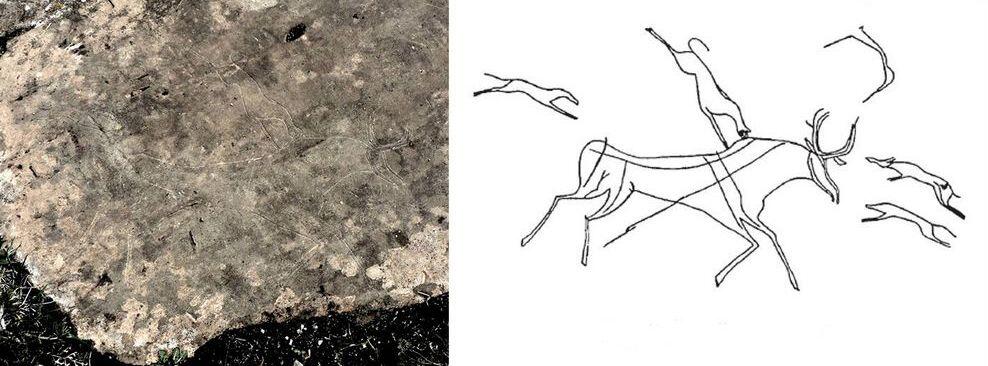
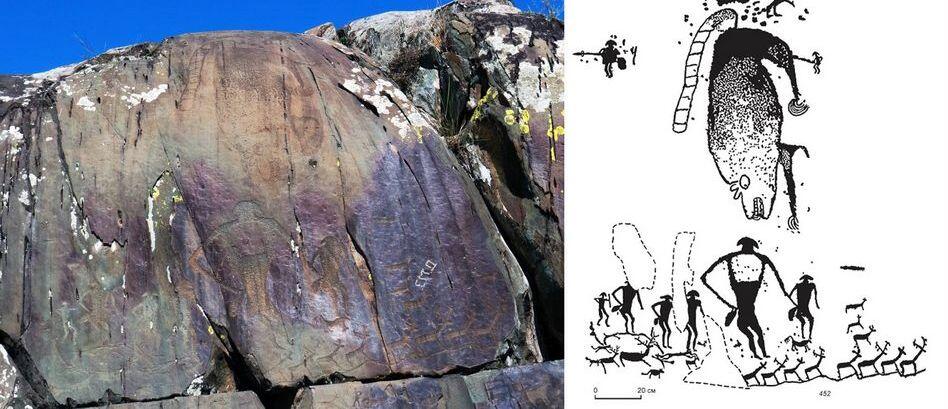
Another interesting place is a sanctuary for women where they asked gods to give them children. A lot of schematic depictions of women are carved there showing asking for the child, being pregnant and giving birth.
Kalbak-Tash has always been a sacred place for the people living here.
Kaichi Travel
Adventure travel, nature tours to Altai – one of the most beautiful places in Siberia.
© 2017 by Kaichi Travel
Info
Our tours
Follow us
tel.: +31 645466537
e-mail: [email protected]

